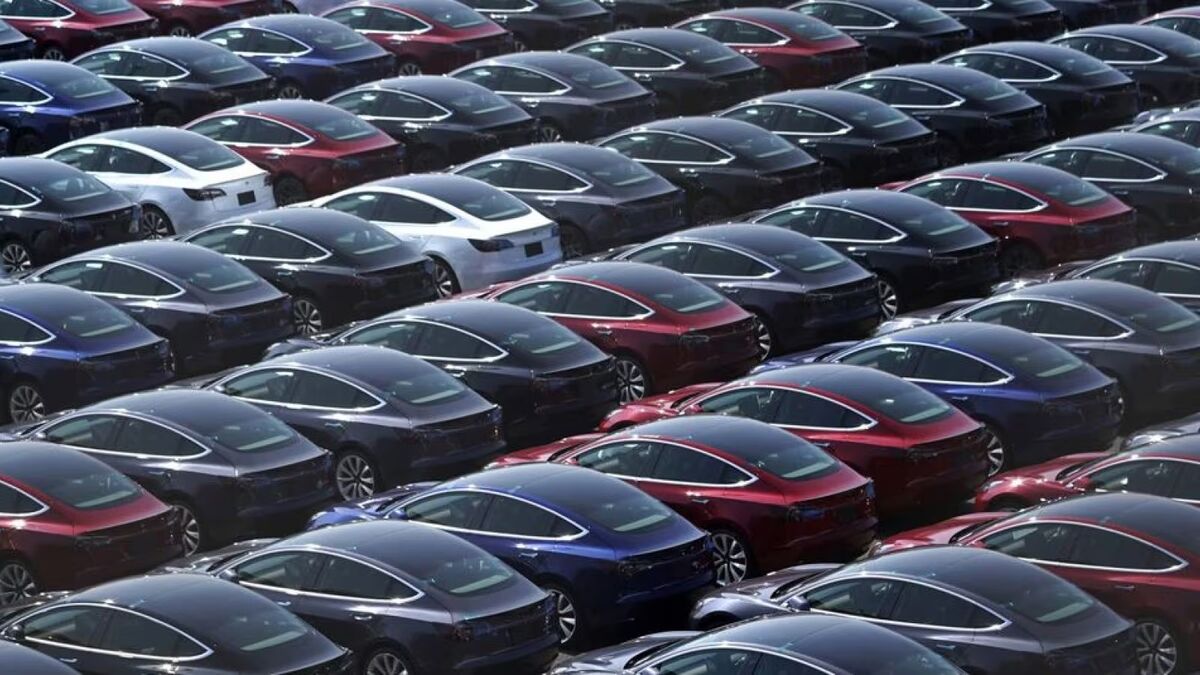
Genesis has built an EV that uses wireless charging.
Only in South Korea for Now
Green Car Reports was first with the story. The Genesis GV60 is a compact SUV destined for the U.S. market next year. No one outside of Hyundai’s luxury arm has driven the vehicle yet, but it looks promising. It packs a lot of space into a small footprint and has distinctive styling in a crowd of look-alike small SUVs.
It will also have the ability to recharge without plugging into anything. Sadly, Genesis will activate the system only in South Korea for the time being. But the technology provider that developed it, WiTricity, is based in Massachusetts.
GV60 Shares Its Platform With Several Cars
Genesis isn’t the first brand to build the technology. BMW has built it into a test fleet of 5 Series plug-in hybrids but has not made them available for purchase. But if Genesis does sell the GV60 with the capability, it will be the first vehicle to reach the market with wireless charging.
The GV60 shares its platform with the Hyundai Ioniq 5, Kia EV6, and dozens of planned EVs from both companies. There’s no indication yet on whether Hyundai plans to adapt the technology to those vehicles, but we have asked for clarification.
Recharge The Moment You Park
Wireless charging has been available as an aftermarket addition to EVs for several years. The systems use a pair of coils to create a magnetic field, allowing current to transfer without wires. Homeowners or parking lot owners can then build charging pads into parking spots, allowing EVs to charge simply by parking, just as some smartphones can charge wirelessly when placed on a pad.
Widespread adoption would require that those pads be built into parking lots and garages. Since America is still a long way from building enough wired charging points to accommodate the EV fleets automakers want to build, we’re probably a long way from a world where you can pull into nearly any parking spot and expect it to start recharging your car.
But it’s hard to argue against the convenience of it, and a parking lot with charging pads built into its asphalt could prove cheaper to maintain than one full of charging stations. We’ll be interested to watch the experiment evolve.







